The Insular Directorate of Environment has completed the expropriation of the section between La Trapa and Ses Basses, for the first time, with the Law of public roads and hiking routes of Mallorca, a historical norm that the department promoted last legislature.
The section between La Trapa and Ses Basses, which is a new addition to the Route de Pedra en sec GR-221, is 3.5 kilometers long and is part of stage 1 Puerto de Andratx – Coma d’en Vidal. In this way, this trail now has 183.3 km open, of which 102.3 are of the main route and 81 of the variants.
The vice-president and councilor of Sustainability and Environment, Aurora Ribot, has assured that “hiking in Mallorca is in luck. This is the first expropriation that we carry out through the Law of paths and we will be adding other additions to the Route de Pedra en sec as we move forward with the expropriation processes that we have open.” “In addition, we can also announce that the signaling of the path has begun and that the approximate duration of the work will be three weeks,” added the councilor.
Meanwhile, the island’s director of Environment, Inmaculada Férriz, explained that “with the signaling of this road, La Trapa will be connected to the Coll de Sa Gremola through the main itinerary and with the nucleus of S’ Arracó through the S’Arracó variant.”
New itinerary
The itinerary has a high landscape interest, with exceptional views over the coast and especially over the Natural Park of Sa Dragonera. It runs through an area burned by several fires, which is gradually recovering, and in which the reed is omnipresent, but also grow palmettos, pines or wild olive trees.
This fact also means the incorporation of one of the most emblematic places with respect to the heritage of Pedra en sec de Mallorca, the monastery of La Trapa, the result of historical events dating back to 1810, when about forty monks moved from the Iberian Peninsula, threatened by Napoleon’s troops.
The Trappists were responsible for part of the dry-stone works and the fountain, always with the help of Mallorcan “margers”, although an important part of the margins were built after the State confiscated the estate and sold it in 1859. In 1980 the estate was acquired with contributions from the people, institutions and various entities by the environmentalist organization Grupo Ornitológico Balear (GOB).
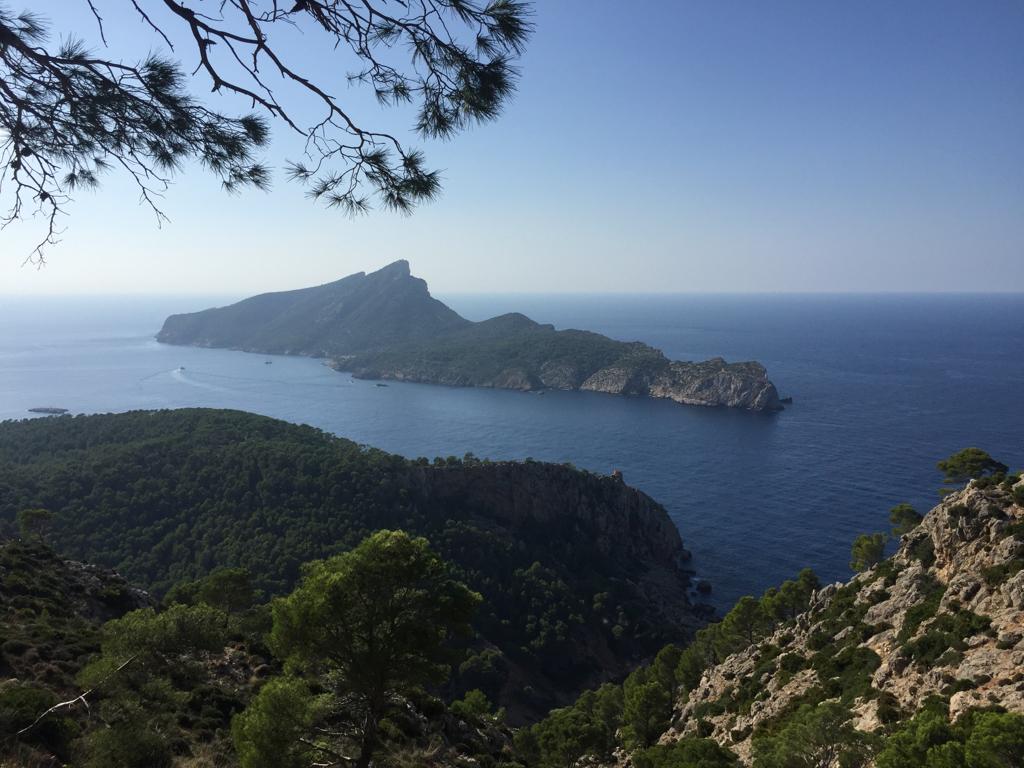
View of the Parc Natural de sa Dragonera from the Trapa. Photo: Consell de Mallorca.

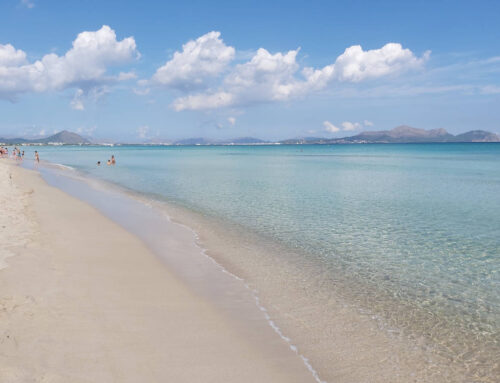
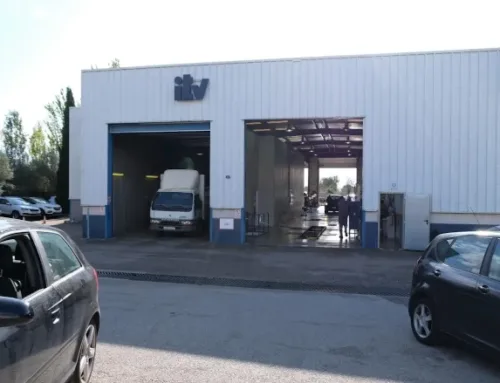
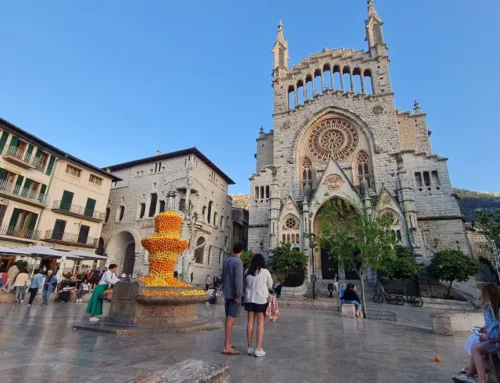
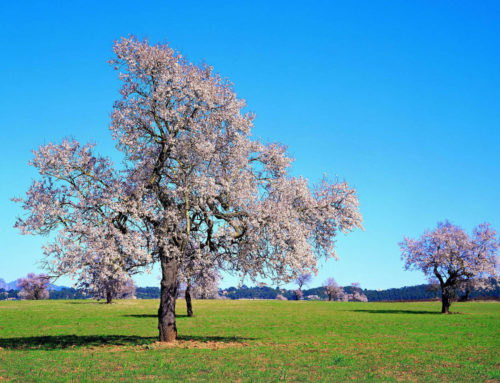
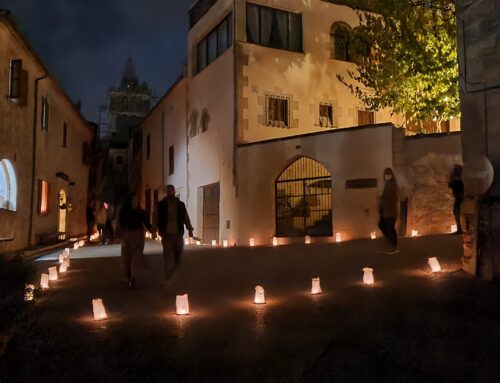

Leave A Comment